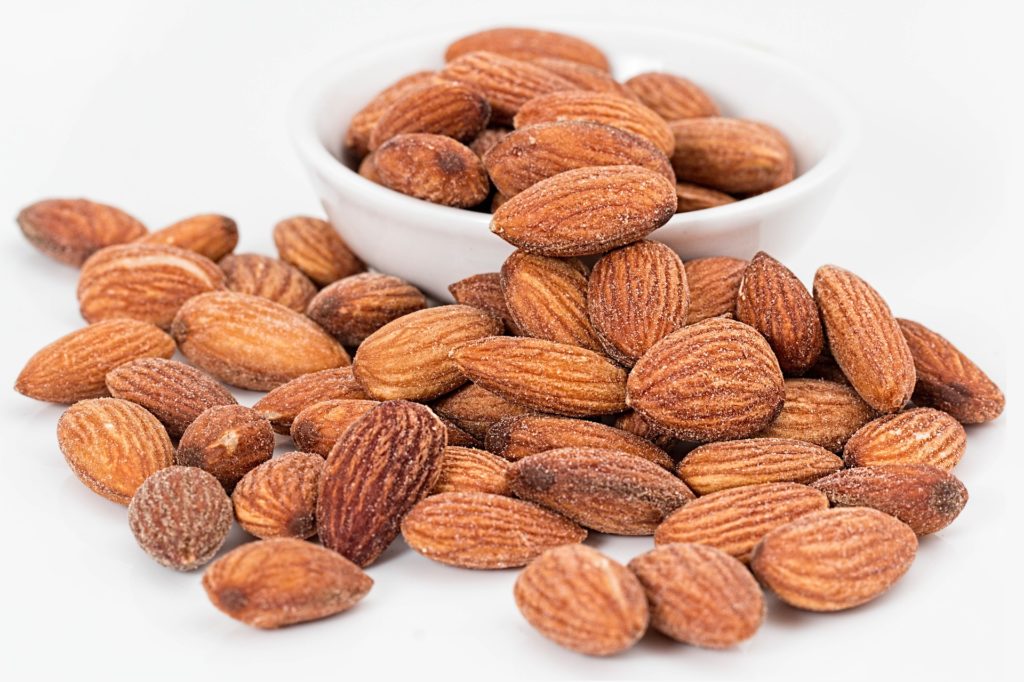
White potatoes — especially French fries — are often described in nutrition research literature and dietary guidance statements as having associations with obesogenic diets and as increasing chronic disease risk based on observational research findings. However, there is limited evidence from randomized controlled trials (RCTs) testing cause-and-effect relationships. Now, an RCT published in the American Journal of Clinical Nutrition demonstrates that adding a 300-calorie serving of French fries to one’s typical diet every day for a month does not result in differential weight gain or other biomarker changes associated with impaired blood sugar regulation compared to adding an isocaloric daily serving of almonds, generally considered a healthy snack option.
“In our School of Public Health at Indiana University-Bloomington and in my own work, we adhere to a slogan: ‘It’s About Knowing.’ Because conjecture is good, but knowing is better,” says David Allison, PhD, the study’s principal investigator. “The way we come to know is through rigorous, randomized controlled trials. Based on our RCT findings, there is no statistically significantevidence of differential effects between consuming a typical 300-calorie serving of French fries daily and a 300-calorie serving of almonds daily when it comes to weight gain or markers of type 2 diabetes risk, at least in the short term.”
Changes in body composition (i.e., body fat mass), body weight, fasting glucose and fasting insulin levels at the end of the one-month trial were comparable across the French fry and almond intervention groups and were not clinically significant. As expected, given the difference in carbohydrate content between the French fries and almonds, acute peak blood glucose and insulin levels were higher after consuming the French fries. However, these levels were not elevated beyond a normal range, and this difference did not have an apparent impact on any other glucoregulatory biomarkers.
“Our results show two food items identified previously for opposite associations with health outcomes had no differences in effects on the health outcomes we measured,” notes study co-author Daniel Smith, PhD. “Nutrition recommendations that focus primarily on single foods in isolation may be missing the mark. A more effective approach to dietary guidance is likely one that takes total diet, lifestyle and individual needs and risk factors into account.”
Study Design, Strengths, and Limitations
A group of 180 adult men and women were randomized to one of three treatment groups for 30 days, with 165 completing the study. The three arms included an additional 300 kilocalories/day from one of the three food items (below) and participants were asked to add the specific food item into their “normal daily diet.”
- Almonds: approximately 1/3 of a cup of almonds, roasted and salted
- Standard French fries: approximately the size of a medium serving
- French fries with herb/spice mix: approximately the size of a medium serving, prepared with oregano, basil, garlic, onion and rosemary
Instructions were provided regarding storage and preparation methods of food items for all participants. Participants were simply asked to incorporate the specific food item into their normal daily diet. They were not instructed to compensate for these added calories in any way.
Body composition (body fat mass), body weight, blood sugar, insulin and hemoglobin A1c were measured at baseline and at study completion. A subset of five participants also completed post-meal evaluations to assess short-term blood sugar response.
The study’s strengths include its randomized controlled trial design, considered the gold standard in identifying causal relationships, as well as the standardization of the study foods’ preparation, presentation and convenience. Its limitations include the fact that it was a free-living study, limiting researchers’ control over the participants’ diets; however, such a study design also allows for real-world data collection. It also excluded participants with type 2 diabetes, limiting the application of the findings to individuals without the disease. Additionally, the study did not include an analysis of energy (calorie) intake, nor were satiety data collected, making it unclear exactly how the varied snack intakes affected calorie intake overall.